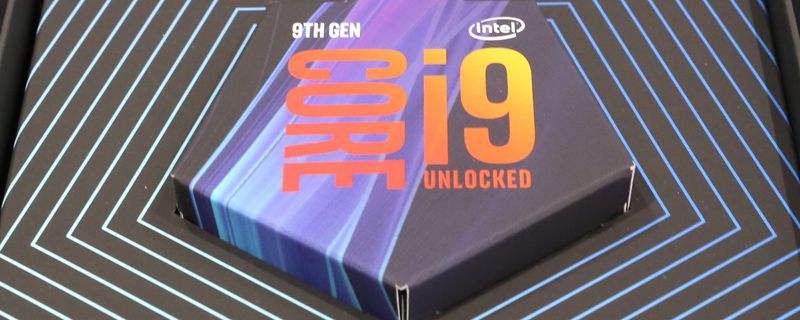Intel Core i9-9900K and ASUS Z390 Strix-E Review
Conclusion
The 9th Generation of Intel CPUs has taken the increased core count we saw from the 8th Generation and pushed it a little further. The Intel Core i9-9900K now has eight core and sixteen threads to help your system work as quickly as possible, whilst doing so on the Z platform with which so many of us are familiar.
Starting off with the Z390 on the Strix-E motherboard we’ve used for our initial testing today, there are three Intel based additions and a few ASUS ones too. So the Z390 now has chipset based USB 3.1 Gen2 support letting you connect the very highest bandwidth devices and maximise their potential. Additionally Intel have come up with their own 5Gb/s AC dual WiFi so that our modern wireless world can be brought to the desktop without relying upon the motherboard manufacturers to add this on. Lastly the constant improvements to IMCs enables the DDR4 to run at ever increasing speeds, now another notch faster than that on the Z370. When this is combined to the upgrades ASUS have made to their own technologies it’s clear that whilst you could potentially install a Intel Core i9-9900K into your existing Z370 motherboard, to make the fullest use of all it has to offer and eliminate any potential compatibility problems, going all in on the Z390 is the way to go.
As for the Intel Core i9-9900K itself it feels both familiar and yet new. As a revision to the Coffee Lake processors which were the latest in an unbroken lineage of Intel designs stretching back to the Sandy Bridge, the Intel Core i9-9900K and the way you have to overclock it is like getting a brand new jumper of the same design as your old favourite. It’s comfortable, and yet a little tighter and more finely crafted. The move to eight cores had us concerned that the Intel Core i9-9900K would follow the usual market pattern that the more cores you have the lower the clock speeds have to be to handle it, but in actual fact the i9-9900K not only shifts along at the thick end of 4 GHz at stock, but easily handled 5 GHz on all eight cores. The results naturally bore out what it’s like to have so much horsepower at your disposal and the Intel Core i9-9900K regularly matched the ten core i9-7900X.Â
Naturally an increased core count has come with an increased price tag. The i9-9900K might not quite be as wince inducing as the X299 processors, but it’s also not as easily affordable as the ‘top of this generation’ quad cores of old were. Nor would we expect it to be and anyone who bemoans this price hike clearly doesn’t understand how much extra the i9-9900K has to offer. If you think of it as two i7-7700Ks then suddenly that price doesn’t seem as bad. Plus, of course, you’re not obliged to go for the flagship model and other CPUs with prices more in line with the quad core stuff that came before are going to appear.
If you have even the slightest interest in getting the maximum bang for your buck, but on a platform which is as familiar and easy to use as all the Z series have been, then the Intel Core i9-9900K should have you running to your bank manager for a temporary funding boost. It has the huge level of performance you would expect from 16 threads running at 5 GHz, whilst also having the gaming prowess for which Intel are famed. It is uncompromising and worthy of our OC3D Performance Award.
Discuss the Intel Core i9-9900K in our OC3D Forums.




